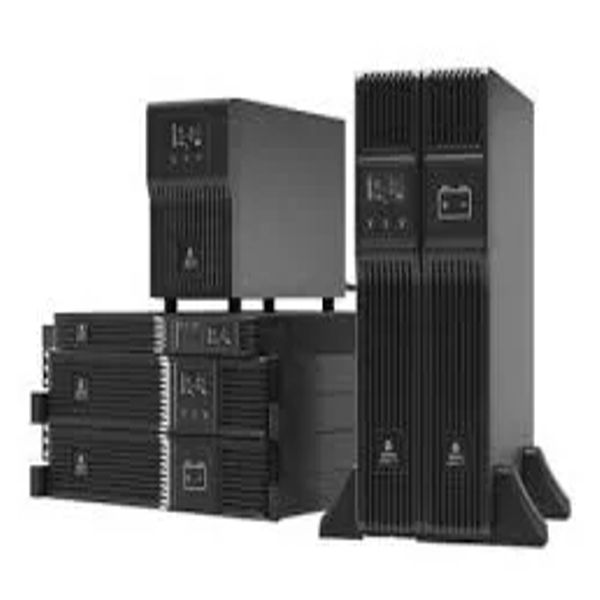Using Amaron batteries with Luminous UPS systems can enhance your power backup solution. Here’s a detailed overview of compatibility, installation, and benefits: Luminous UPS Overview Purpose: Provides backup power during outages and protects against voltage fluctuations. Types: Includes models for home use, office applications, and larger systems for commercial use. Key Features: Microprocessor Control: Offers advanced features for better performance. Wide Input Voltage Range: Suitable for areas with unstable voltage. LED Indicators: Show battery status, load level, and system alerts. Amaron Batteries Overview Type: Primarily lead-acid (deep-cycle) batteries, often maintenance-free. Voltage Options: Commonly available in 12V, suitable for use with Luminous UPS systems. Capacity: Ranges from 46Ah to 200Ah or more, allowing for various backup durations. Compatibility Voltage Matching: Ensure that the Amaron battery’s voltage (e.g., 12V) matches the UPS input requirements. Capacity Considerations: Select a battery capacity that meets the power demands of your connected devices and desired runtime. Calculate based on total load and expected outage duration. Installation Connecting the Battery: Connect the positive (+) terminal of the Amaron battery to the UPS positive terminal. Connect the negative (-) terminal of the battery to the UPS negative terminal. Secure Connections: Make sure all connections are tight to avoid arcing and ensure efficient power transfer. Performance Benefits Extended Runtime: Higher capacity Amaron batteries can provide longer backup times, especially during prolonged outages. Durability: Amaron batteries are designed to handle deep discharges, making them ideal for UPS applications. Low Maintenance Options: Many models require minimal maintenance, simplifying user experience. Maintenance Regular Inspections: Periodically check the UPS and battery connections for corrosion and ensure tightness. Battery Monitoring: Use a multimeter or UPS diagnostics to monitor battery health and voltage. Replacement Indicators: Be aware of performance degradation signs, such as reduced backup time or inability to hold charge. Safety Precautions Ventilation: Ensure good ventilation around the UPS and battery to prevent gas accumulation, especially for lead-acid types. Charging Practices: Monitor the charging process to prevent overcharging, which can damage the battery. Conclusion Pairing Amaron batteries with Luminous UPS systems can create a robust and reliable backup power solution. Always consult the specific user manuals for both the UPS and the batteries to ensure proper installation and compatibility. This approach not only enhances your power reliability but also optimizes performance during outages.








